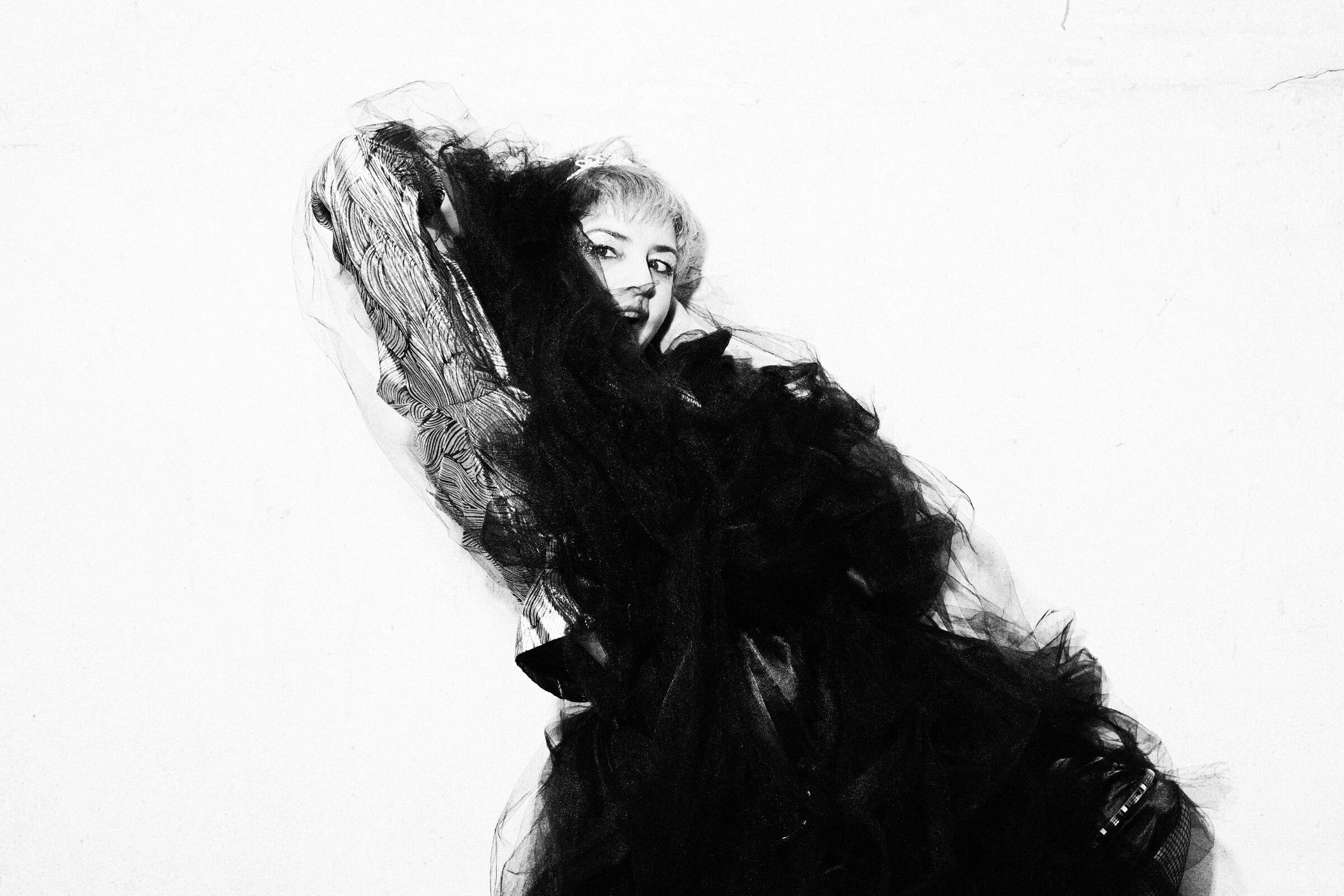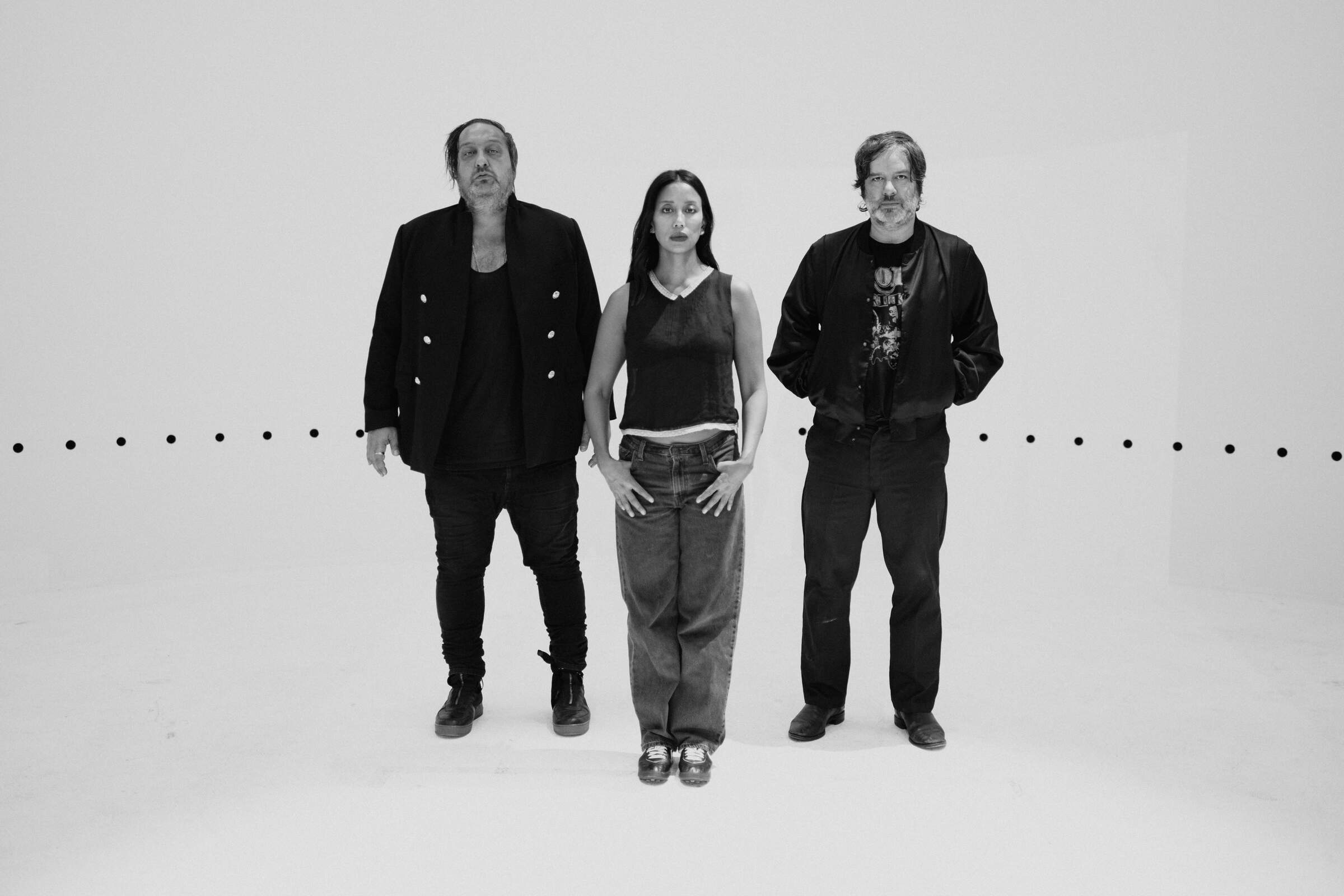The 4 Levels Of Existence interview with Athanasios Alatas
Greek band the 4 Levels Of Existence (Τα 4 Επίπεδα Της Ύπαρξης) formed around 1974 from the ashes of Frog’s Eyes (thus the “peace-frog” cover). They recorded their sole album in a matter of 10 hours with no overdubs and released it via a small (and not at all “rock-connected”) label, called Venus. Some months later everything came to an end. The Levels disbanded, leaving behind this, highly sought-after LP. Heavy underground, fuzzy guitar oriented rock, with some psychedelic and ethnic elements. Anazitisi Records recently did a wonderful reissue. It includes booklet with translated lyrics and photos. Enjoy our interview with guitarist and main songwriter Athanasios Alatas.
Where and when did you grow up?
I was born in Rodonia Fthiotida in 1954 and one year later moved to Athens. I still live and work in Athens.
When did you begin playing music? What was your first instrument? Who were your major influences?
I’ve been studying music for 15 years. First I bought acoustic guitar. I was influenced by family, the village celebrations and summer cinema that played music continuously.
What bands were you a member of prior to the formation of The Four Levels of Existence?
The first band was Frog’s Eye, active from 1972 to 1973 with Christos Vlachakis on drums.
Can you elaborate the formation of The Four Levels of Existence?
The band’s initial line-up consisted of ex-Frog’s Eye members, me (Athanasios Alatas) (rhythm guitar) and Christos Vlachakis (drums), together with Marinos Yamalakis (bass – vocals) from the Greeks and Nikos Dounavis (lead guitar). After having Nikos Dounavis replaced by Nikos Grapsas (lead guitar – vocals) from a band Paralos, the band was asked to record an album.
What was the music scene in Greece?
Concerts were often held in local cinemas almost every Sunday morning (customary for Greek bands at the time). Frog’s Eye played with a lot of bands, including Kastores, Electricity, Life and Emerson. Those were local bands. Greece also had well known professional bands like Socrates, Poll, Burbulia… We went to their concert when there was enough money for tickets.
When and where did The Four Levels of Existence play their first gig? Do you remember the first song the band played?
Our first concert was at Sporting stadium in 1974 and while we were scheduled for only twenty minutes, we actually played for forty minutes! The first songs were [ο Αγώνας μας], Marinos Yamalakis’s ballads etc.
Did the size of audience increase following the release of your album?
I don’t think there was any increase in audience once the album was released. We soon had to serve military for 26 months after its release and we never learned what happened to our record during all those years. Later we were informed it became a collector’s item and illegal reissues were sold everywhere.
What sort of venues did The Four Levels of Existence play early on? Where were they located?
We never played in entertainment and dance clubs. Only in our studio in Peristeri in West Athens. We only played two or three concerts.
How did you decide to use the name “The Four Levels of Existence”?
We searched for the band name for about a month! It’s from a philosophical dictionary by Christos Vlachakis.
What influenced the band’s sound?
In the beginning we played Marinos Yamalakis’s ballads. After the band was asked to make an album for Venus Records, we dealt with the sound that has been played when we were still in Frog’s Eye. We used various techniques and a lot of Big Muff pedal. Our influences were from traditional Greek songs and foreign psychedelic rock bands.
What’s the story behind your debut album?
At that time there were no producers in Greece and the company was not responsible to find one. That means, that we had to do everything, including contacting the company, editing the cover, and organizing the studio. Our instruments were Pearl drums, Meazzi 666 and Eko Herald III amplifiers, Ibanez and Fender STR guitars, and my Big Muff terrestrial pedal. The recording was done in 10 hours, 5 hours for musical themes and 5 hours for voices and violin. It was recorded as a live record. No corrections were made.
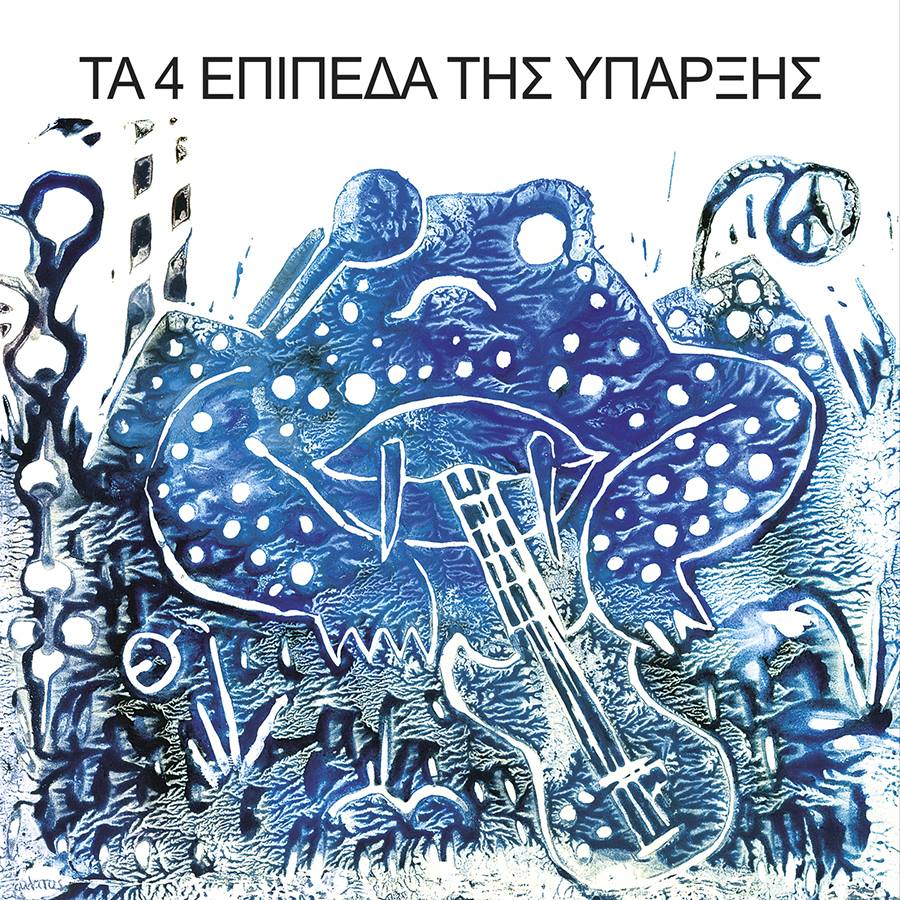
What were the influences and inspirations for the songs recorded?
One single change. In the summer of 1975, Nikos Dounavis left and Nikos Grapsas joined the band. Marinos Yamalakis was influenced by Bob Dylan and Donovan, Nikos Grapsas by Yes and Deep Purple, and Christos Vlachakis by Led Zeppelin and the Who. I really loved Iron Butterfly, Arthur Brown and traditional Greek music.
Would you share your insight on the albums’ tracks?
We already had a lot of songs written when there was a proposal to record the album. We added new compositions. The lyrical themes were about social problems, bucolic and general racing from the society around us. It was inspired by our concerns as a young people.
How pleased was the band with the sound of the album? What, if anything, would you like to have been different from the finished product?
The sound was the same as when playing live, but if we had more time, it would be even more complete. It pleases me and I love the album the way it is. Even a few mistakes are part of its story.
Did the band tour to support the LP?
No tour due the military service for three years. We tried to find ourselves afterwards but everything had changed and everyone got their own way, always remaining friends until today.
How many copies were released?
The first issue was printed in 500 copies and I, as a co-producer, had to buy the first 120 records.
Who was behind Venus label?
The demons, then, Mrs. Gina Kotsidis, who was trying to put them on with the big publishing companies that fought her.
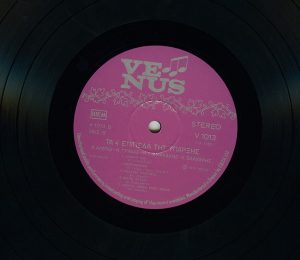
What’s the story about the cover artwork?
It was my own work that was designed at the Bakalo Fine Arts School for Frog’s Eye band originally.
Was there a certain concept behind the album?
Many, however, in the end we concentrated on a very powerful alloy of meanings that contained our youthful dreams, our anxieties and our thoughts for the time when everything was changing in Greece.
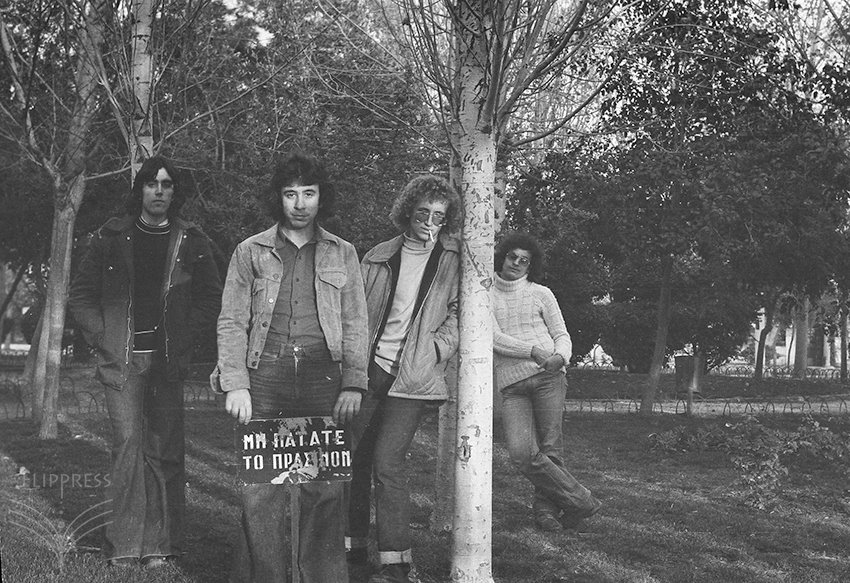
What happened after the band stopped? Were you still in touch with other members? Is any member still involved with the music?
Christos Vlachakis left and lives in the Netherlands, the rest of the members are involved with music alongside their basic work. Nikos Grapsas stood out with his famous collaborations, his own compositions and of course as a music teacher in high schools. I deal with journalists and sketch and music always keeps me alert. I keep too many valuable ideas on my tape recorded mostly with Big Muff pedal.
Looking back, what was the highlight of your time in the band? Which songs are you most proud of? Where and when was your most memorable gig?
We worked a lot and at the weekend we found some time to play music. It was only for fun. We only played two or three shows and none after the record. We won the third place in a music contest organized by the National Radio and Television Foundation (EIRT) in 1975. It was a very important moment for us. And, of course, our best song on the record is “Some Day in Athens”.
Is there any unreleased material?
There are 4 songs from [EIRT – TV 1975 only sound], 7 songs recorded in the studio, too many demos and more if we reunite. However, the absence of Marinos Gialamakis, who passed in 2016, has made it more difficult.
Samples from your song “Someday In Athens” won a 2010 Grammy award for Best Rap Song (“Run This Town”) by Jay-Z. The song also features Rihanna and Kanye West. How did that come about? Who approached you?
As usual, I was approached by lawyers and then by Roc Nation’s associates in the most professional way. Their suggestions were very clear and everything is still ongoing.
Are you excited about Anazitisi reissue?
The album has its own story, every time a re-release is addressed, it is also acquired by younger people who are interested in our music. I will always be excited about (after so many years of re-publishing) of Anazitisi’s being the most complete up to date.
– Klemen Breznikar
Recently there was a film documentary premiered. Directed by Iliana Danezi.



